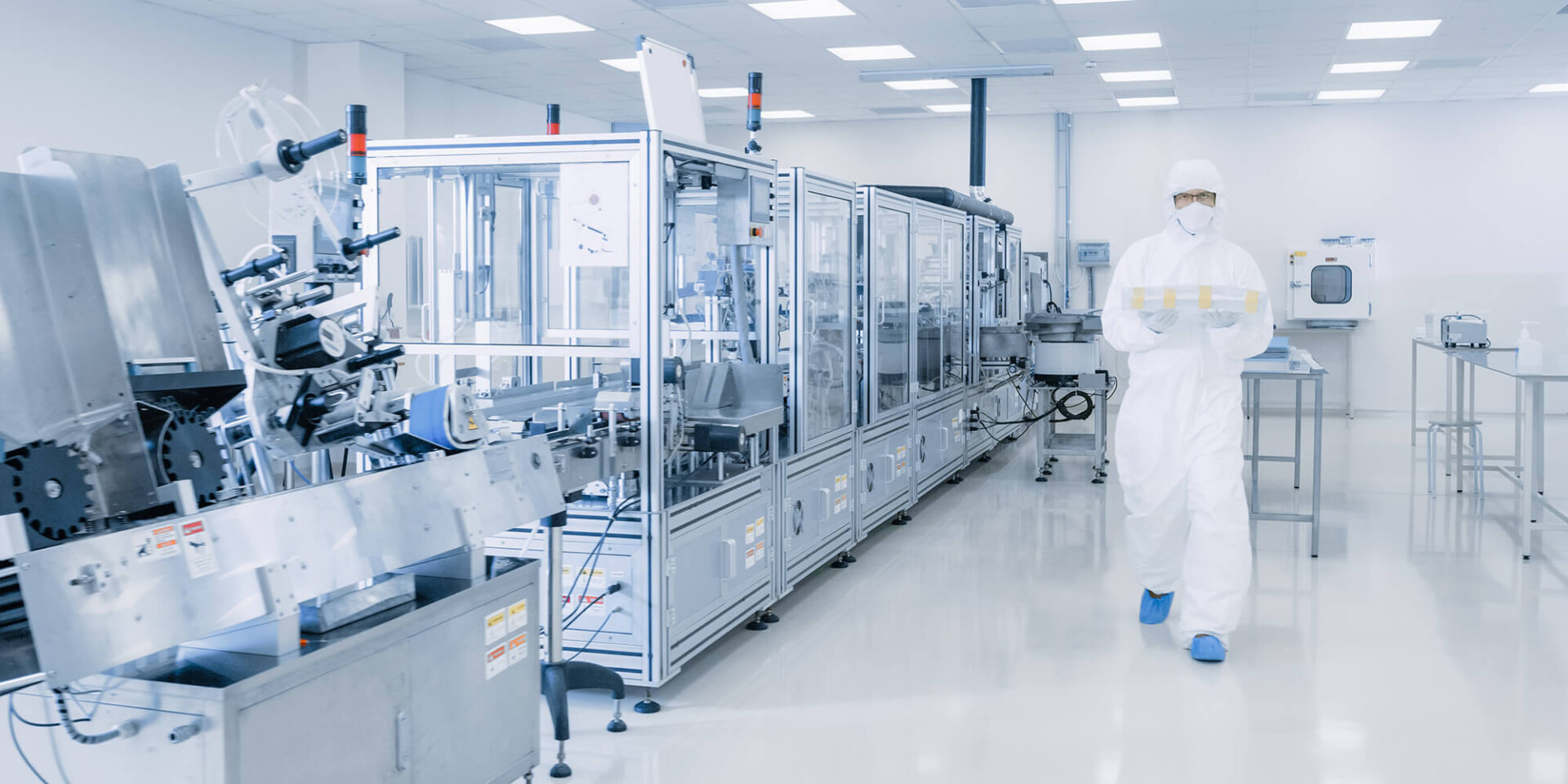Type C Cleaning in the Pharmaceutical Industry
Type C cleaning is a pivotal aspect of maintaining hygienic environments in the pharmaceutical industry. It ensures that cleanrooms, specifically classified as Grade C according to ISO 14644-1, meet the necessary cleanliness standards for various manufacturing processes.

Airborne Particulate Limits
In a Grade c CleanRoom, the maximum allowable limit for airborne particles is 3,520 particles per cubic meter for particles sized 0.5 micrometers and larger. This standard is crucial for ensuring that the environment remains suitable for processes that do not require the strictest sterility like Grade A or b Cleanrooms.
Cleaning Protocols
Cleaning protocols in Type C environments include rigorous procedures tailored to minimize contamination risks. The surfaces should be cleaned with validated disinfectants and wiped down at least once per shift, or more frequently depending on the level of activity in the cleanroom.
![]()
Surface Microbial Limits
To maintain compliance, the microbiological limit for surfaces in a Grade C cleanroom should not exceed 200 CFU (colony-forming units) per square meter. This is essential for ensuring that contaminants do not compromise product quality during manufacturing processes.
monitoring and Validation
Regular monitoring and validation of cleaning practices are critical to compliance with Good Manufacturing Practices (GMP). This includes Environmental monitoring to assess particle counts and microbiological contamination, ensuring that cleaning methods remain effective.

Documentation and Traceability
All cleaning activities in Type C environments must be thoroughly documented to provide traceability. This includes recording cleaning schedules, products used, and results of environmental monitoring, ensuring that compliance with regulatory standards is maintained.
Type C Cleaning in Pharma

1. Overview of Type C Cleaning: Type C cleaning refers to the cleaning and sanitization protocols used in controlled environments, specifically tailored for areas with lower cleanliness requirements compared to Type A and B. It ensures a suitable environment for certain pharmaceutical processes.
2. Cleaning Agents Used: In Type C cleaning, a variety of cleaning agents are employed, including detergents and disinfectants. The choice depends on the specific contaminants present in the manufacturing area and the required level of microbial control.
3. Frequency of Cleaning: The cleaning frequency in Type C environments is typically less stringent than in Type A or B. Regular cleaning schedules are established, focusing on maintaining cleanliness without compromising operational efficiency.
Type A and B Cleaning in Pharma

Definition of Type A Cleaning
Type A cleaning involves the highest level of cleanliness, typically found in aseptic processing areas. It requires rigorous protocols to ensure that the environment remains free from viable contaminants.
Definition of Type B Cleaning
Type B cleaning is slightly less stringent than Type A but still adheres to strict contamination control measures. It is commonly used in areas where the production of sterile products occurs.
Cleaning Protocol Differences
While Type A requires continuous monitoring and cleaning, Type B allows for periodic cleaning schedules. Each type has its own specific requirements based on production processes and risk assessments.
What is the Difference Between Grade B and Grade C Cleanroom?

Grade b CleanRooms maintain a higher standard of cleanliness compared to Grade C. They are designed for critical operations, such as aseptic filling of products, where contamination risk must be minimized.
Particle Count Limits
Grade B environments have stricter limits on airborne particulate counts than Grade C. This distinction is crucial for ensuring product safety during sensitive pharmaceutical processes.

Airflow Systems
Grade B cleanrooms typically utilize more advanced airflow systems, including unidirectional airflow, to maintain stringent cleanliness. Grade C may not require such sophisticated systems, allowing for more flexibility.
Operational Activities
Operations performed in Grade B are often more critical than those in Grade C. This leads to more rigorous cleaning and monitoring protocols to safeguard product integrity and compliance with regulations.
What is the FDA Classification of Clean Rooms?

1. Classifications Defined
The FDA does not specify cleanroom classes directly; however, it aligns with ISO classifications. Cleanrooms are often categorized into Class 100, Class 10,000, and others, depending on allowable particulate levels and microbial limits.
2. Class 100 Cleanrooms
Class 100 Cleanrooms, equivalent to ISO5, allow no more than 100 particles of 0.5 micron per cubic meter. This classification is vital for aseptic processes where the highest cleanliness is required.
3. Class 10,000 Cleanrooms
Class 10,000 cleanrooms, corresponding to ISO 7, permit up to 10,000 particles per cubic meter. This level is typically suitable for non-sterile production processes that still necessitate controlled environments.
 +86 18186671616
+86 18186671616 Jason@cleanroomequips.com
Jason@cleanroomequips.com
 MENU
MENU



